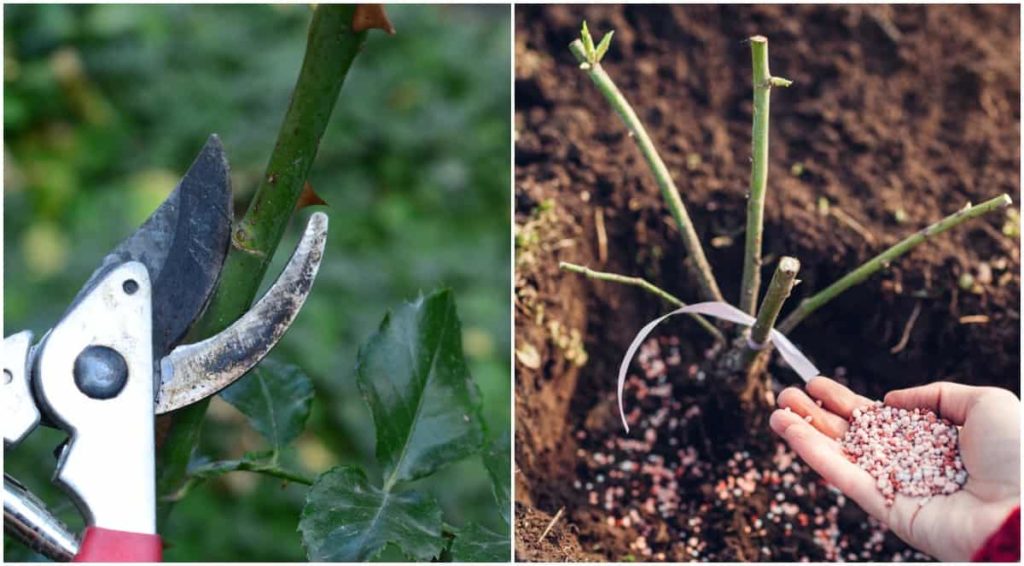
Most gardeners are obsessed with roses. There is no need to wonder why.
They’re a stunning addition to any garden, as a standalone attraction or paired with a variety of other plants.
Many attempt the so-called challenge of growing roses, following the advice they stumble across. Many of these are tips and tricks, with some seasoned gardeners swearing by them. Others call them myths that don’t improve the growth rate or quality of life for your roses.
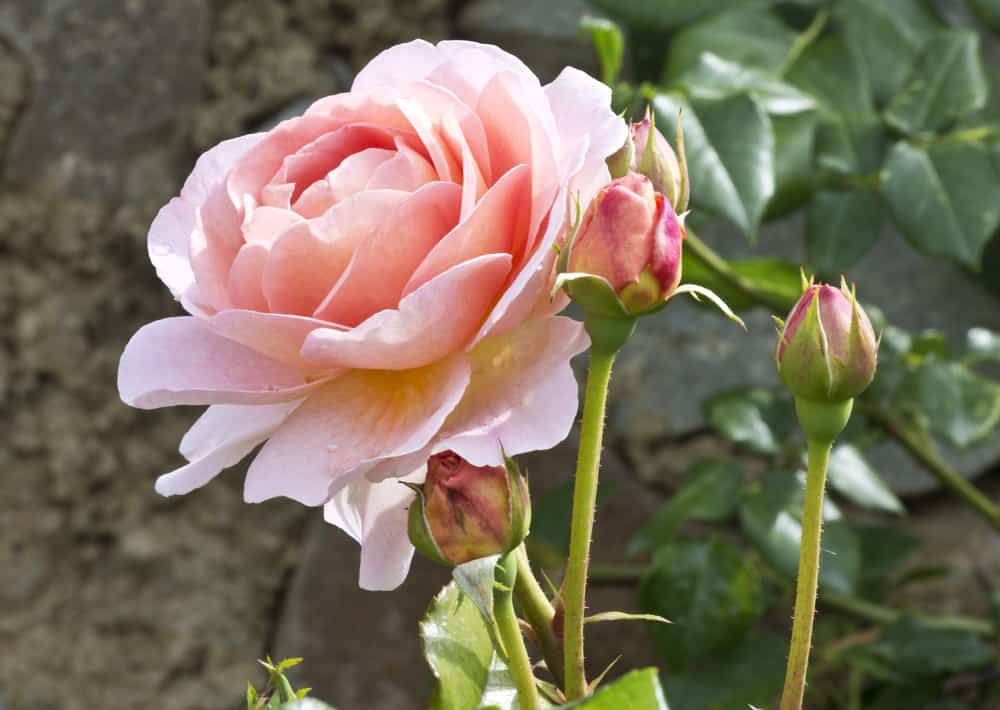
With so much information out there, it’s hard to tell rose fact from fiction.
We’re here to break down six myths that you definitely shouldn’t believe about growing roses.
1. Roses Are Difficult To Grow
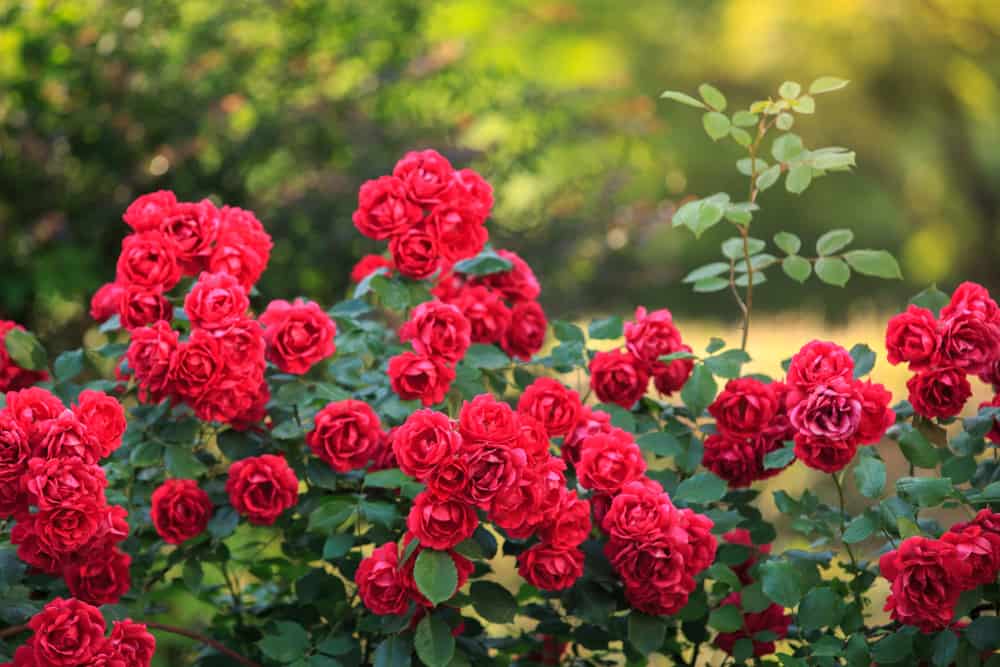
The first mistruth that needs to get thrown out immediately is the belief that roses are a challenge. Many believe only a seasoned green thumb should attempt the feat.
But this just isn’t true.
In fact, roses are quite easy to grow. They even fall on the list of plants that do relatively well in some of the worst conditions.
The best way to ensure your roses are stunning and healthy is to do your research. Don’t worry, it’s not hours of reading – you just need to ensure your chosen variety is hardy in your area and that you pick disease-resistant types.
Rose bushes do require a little care, needing loamy well-draining soil and full sun. They thrive in USDA zones 2-11, only needing some extra TLC in the colder climates during cold snaps.
Roses are quite thirsty, but they don’t require excessive watering. A thorough and deep watering twice a week is more than sufficient.
2. Rose Pruning Myths
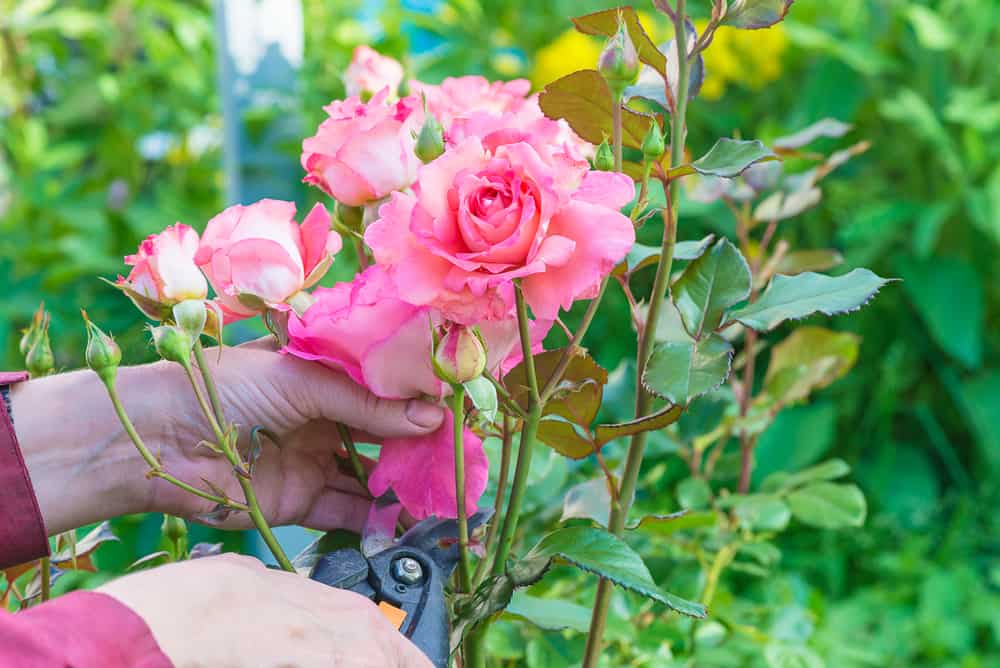
There are several myths around the pruning of your roses.
One of them is the rule that you should cut your roses at a 45-degree angle, away from the bud eye.
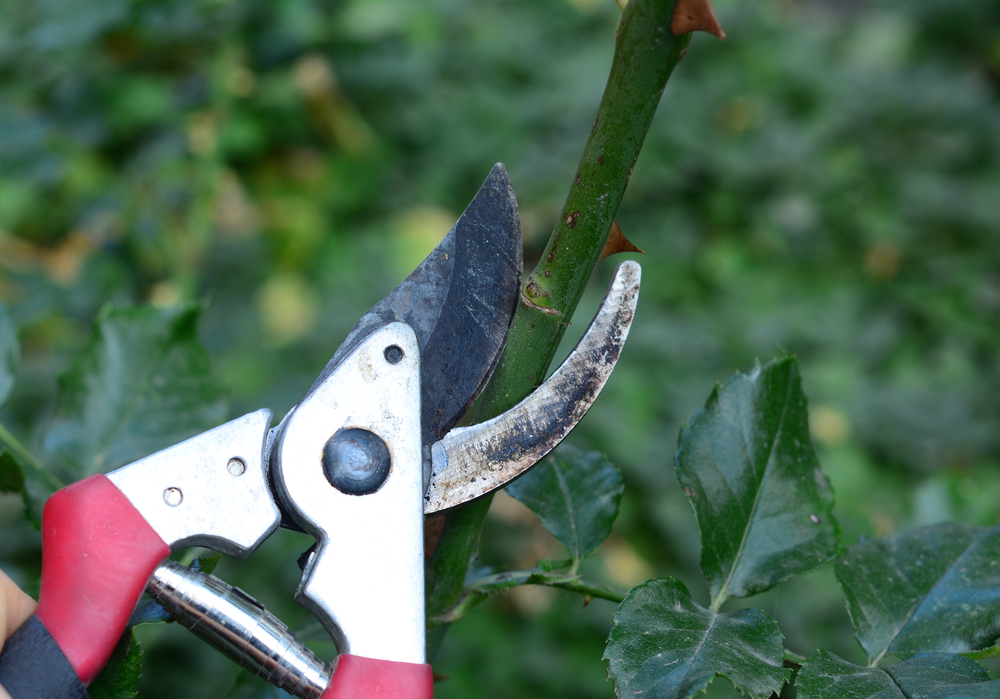
This myth argues sap from the cut could ooze out over the bud eye. This is the case with fruit trees, but rarely happens to roses.
The only important thing is where you cut.
When you prune roses, you should snip them just above the bud eye – any higher causes the cane to die off.
A second pruning myth is about when roses should be pruned.
Many believe that you should prune in summer, while others swear winter is the better season to do so. But there are no set rules when it comes to pruning season.
As long as you are not heavy-handed, and take the impact of the current weather and the climate in your region into account, your roses will grow back all the same.
3. Sealing The Canes
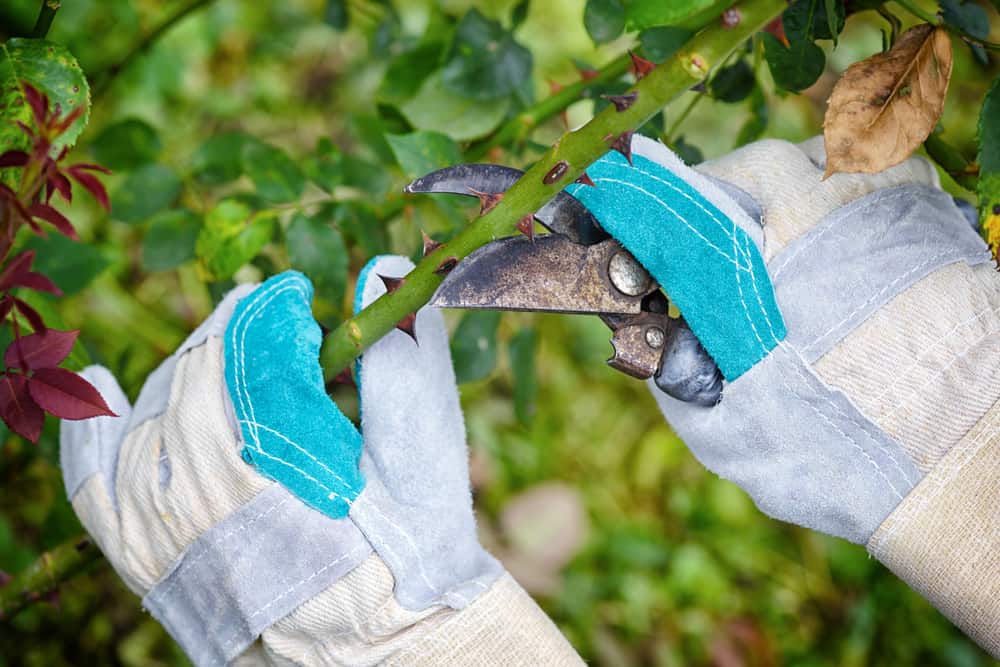
Sealing with some sort of glue after you’ve pruned is another go-to trick for many. It claims to prevent insects and pests, particularly raspberry cane borers, from taking up residence in freshly trimmed wounds.
Depending on when you prune, this ‘trick’ need not apply.
Many in warmer climates often prune in winter, when these pests are dormant. More often than not, they’re active during spring when they have access to delicious berries.
Sealing off canes could be helpful in warmer climates and for those who opt to prune in spring, but it is not entirely necessary.
4. Big Planting Hole
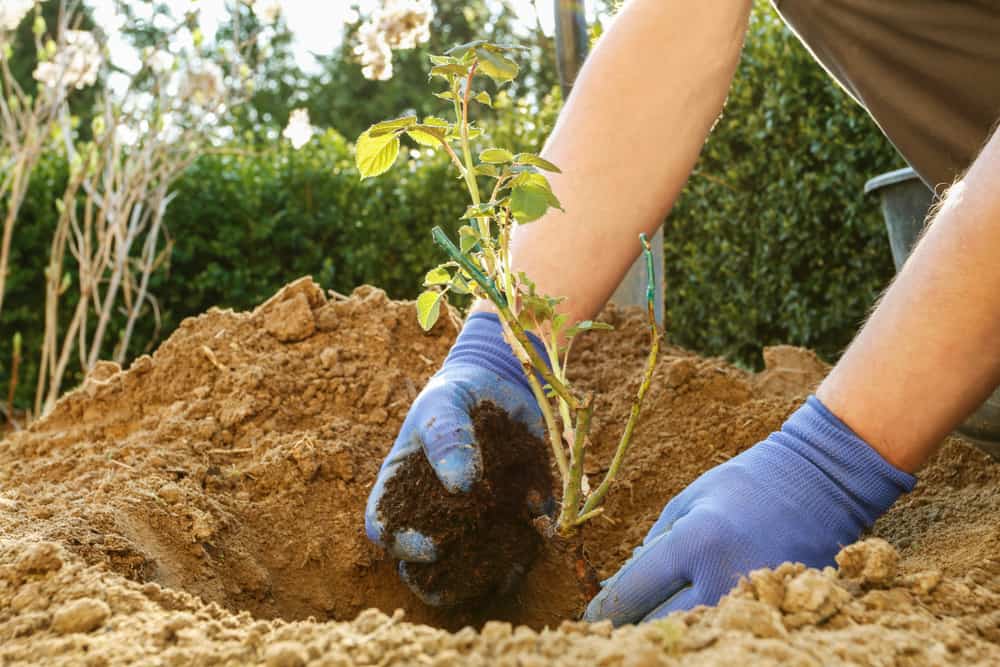
Many believe that roses need a big and deep planting hole. This is largely attributed to the supposed size of the plant. But generally, roses’ root systems only grow out as wide as the plant, and not particularly deep either.
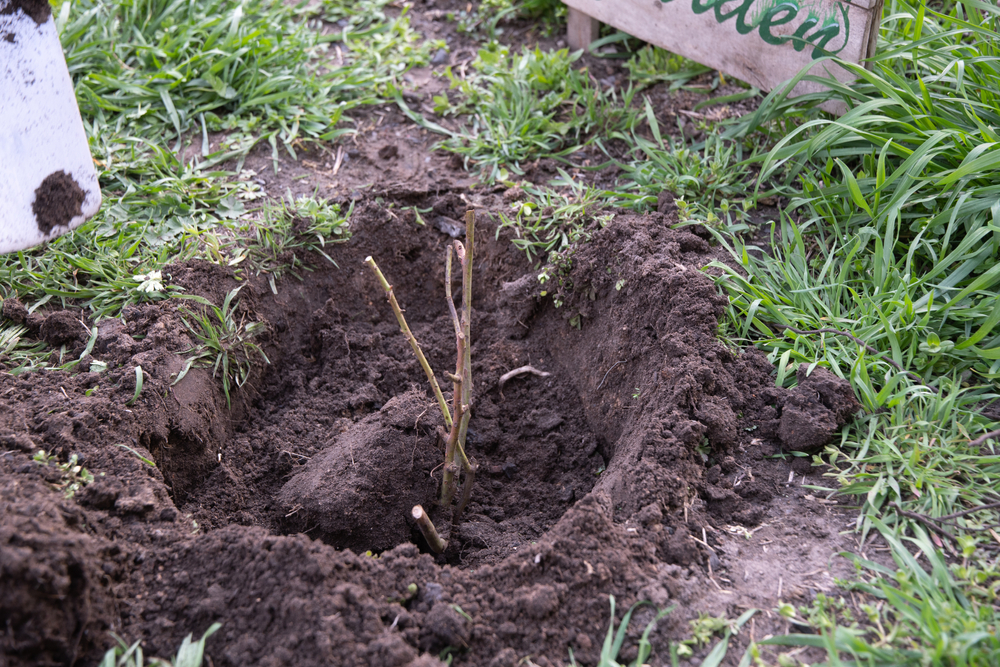
When planting, ensure that the crown is at ground level in mild climates. In colder ones though, the crown needs to be about three inches below the ground.
If your hole is deep and wide enough to accommodate your roses’ root system and suits your climate, then you should be good to go.
5. Feeding Roses
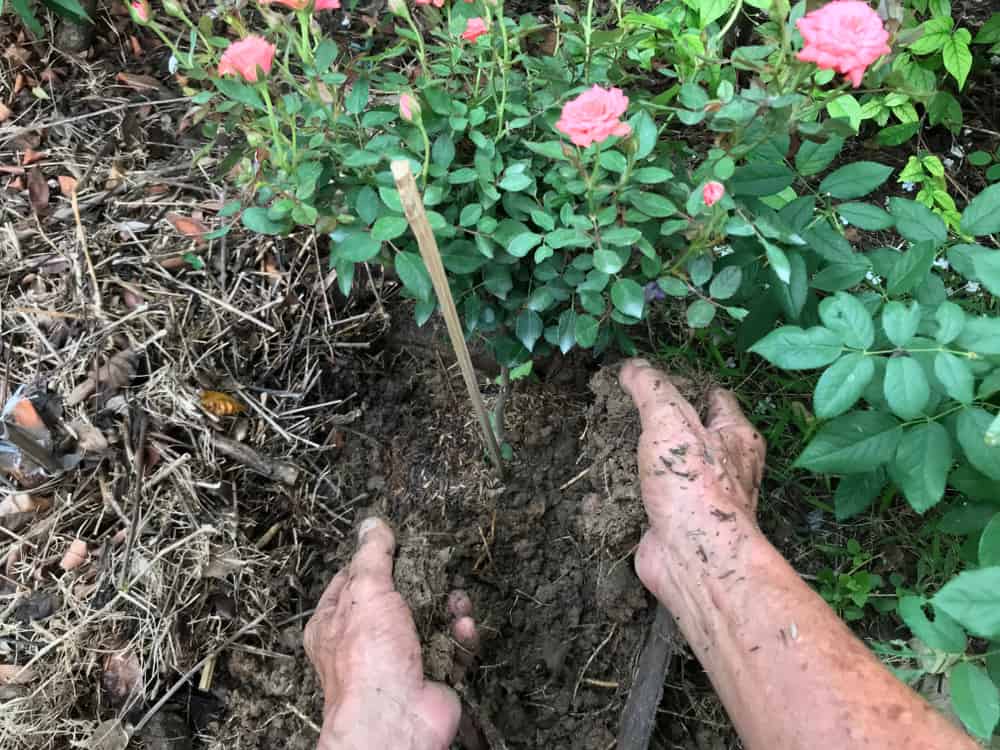
You’ve planted your roses, and I’m sure you’re gearing up to get ready to feed these hungry plants. But, despite what you may have heard, roses are not as hungry as many gardeners make them out to be, and they don’t need fancy, expensive fertilizer to thrive.
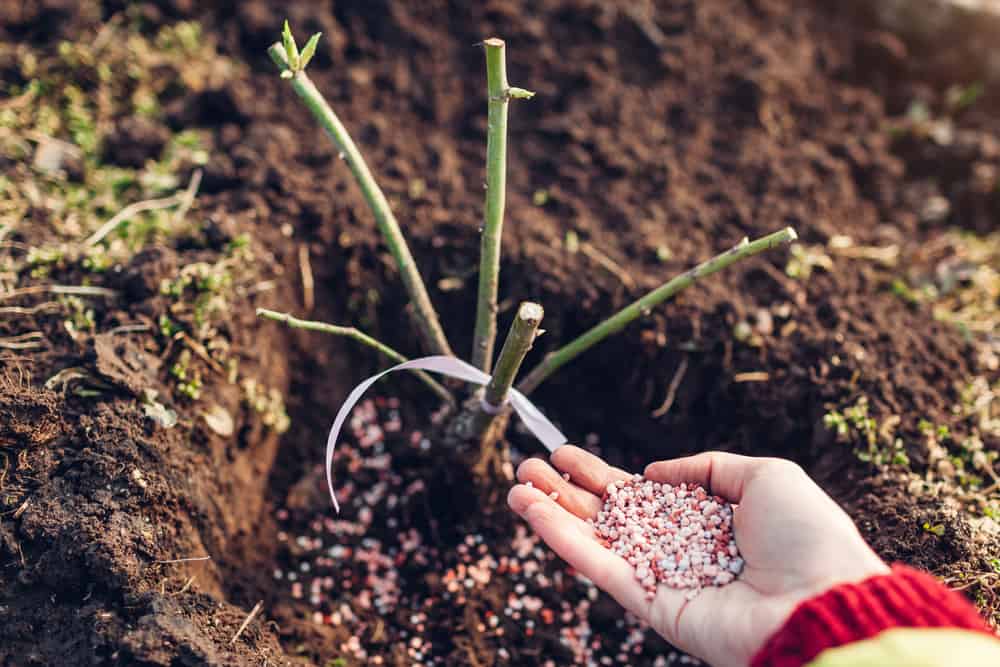
Choosing the right fertilizer for your plants is always important, but overfertilizing is a pertinent threat.
Using the wrong fertilizer, or too much fertilizer, is likely to burn the roots and cause damage that is difficult to fix.
It’s always best to stick to a fertilizer designed for flowering plants and to follow the diluting instructions exactly.
Related Reading: How To Fertilize Roses For Healthy Plants & Abundant Blooms
6. Epsom Salts And Zinc For Roses
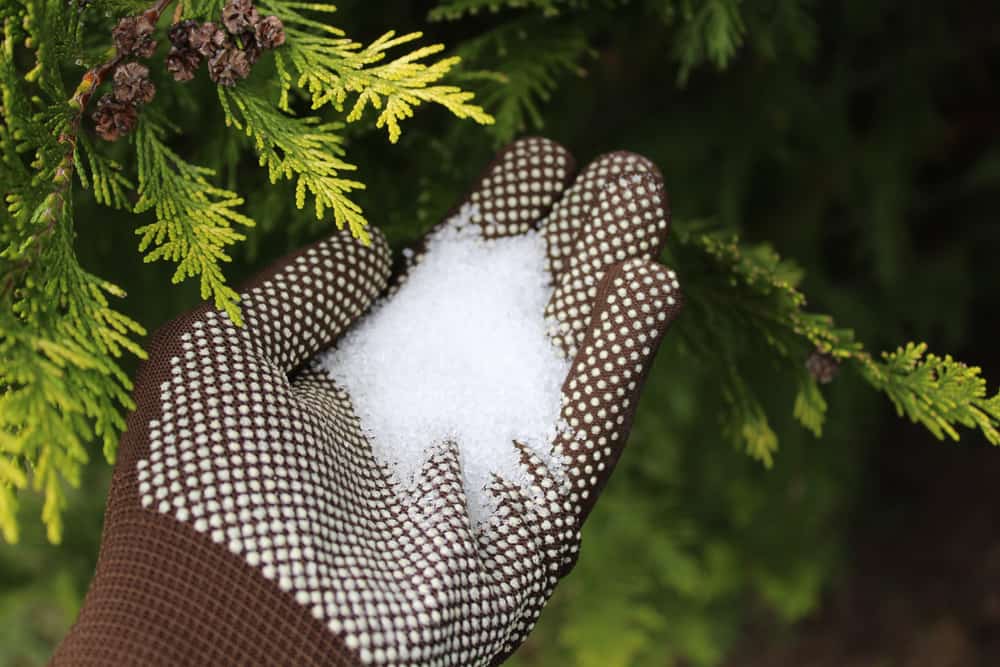
While we’re on the topic of feeding roses, let’s chat about the myth of Epsom salts and zinc. Many believe that adding these to your soil helps your roses bloom and produce longer stems.
The magnesium sulfate in Epsom salts allegedly helps improve growth, specifically for soils lacking magnesium. But, it could cause more problems than it can allegedly solve.
You run the risk of creating an imbalance of nutrients and minerals in your soil, or burning the roots.
The case of zinc is similar. Zinc is an important nutrient that helps stems grow. A zinc deficiency typically results in short, deformed stems. But if your soil is well balanced and you’re using the right fertilizers, you won’t need to worry about adding anything else to your roses.
Don’t let these myths and old wives’ tales stop you from venturing into growing roses.
As with most gardening advice, the best practice is to keep it simple. Because in truth, roses are just like the other flowering plants in your garden and don’t need any special treatment to help them grow.
A sunny spot in the garden, the right soil and fertilizer, and the correct watering routine is all your roses need to thrive.
